2.PERTINENT INFORMATION GATHERING DOCUMENT : - P-Odd-2022/Repo-12 GitHub Wiki
Need Statement:
In present pandemic situation an institution needs a First aid kit in laboratory which dispenses cotton, bandages and ointment etc.

Engineering Exploration:
“Engineering Exploration” is one of the unique outcomes of innovative education in undergraduate engineering this is team-taught course that focuses on problem solving, Engineering Design, Multi-disciplinary skills, Ethics and Data Acquisition and analysis. This course is co-designed and co-taught by faculty members drawn from multiple engineering disciplines & it follows Project Based Learning procedure. Students work in teams to solve identified problems. This course serve as a platform for peer learning and push students in Multi-disciplinary design thinking and this course is very very helpful to develop our skills in defining solutions to various problems and to implement better ideas to existing solutions.
First aid dispensing machine:

First and immediate assistance given to any person suffering from either a minor or serious illness or injury is called first aid.First aid is promptly helping people who are suddenly sick or hurt.First aid is used at accidents to help an injured person until they get medical treatment.First aid is also used to help people who suddenly become sick, until help arrives or they can be taken to medical care. Hence there is a need of "first aid dispensing machines" which are very useful in such emergency situations to provide immediate treatment. Medicine vending machines dispense a variety of medications for pain relief, first aid, and wound care.
As a solution to our need we have designed a semiautomatic vending machine for this we have taken information from these following sources *DIY PROJECTS LIKE := https://howtomechatronics.com/projects/diy-vending-machine-arduino-based-mechatronics-project/
- FROM YOUTUBE VIDEOS := https://www.youtube.com/watch?v=BHQBsswUeT0
- FOR GUIDEANCE :=https://leetcode.com/discuss/interview-question/125218/design-a-vending-machine ;= https://fabacademy.org/2019/labs/khairpur/machine/week15.html
TABLE 1 : INFORMATION ABOUT VARIOUS PARTS USED
| Sl.No | Parts | Mechanism/Working Principle | Image | Sources |
|---|---|---|---|---|
| 1. | Arduino Mega | The Arduino Mega 2560 is a microcontroller board based on the ATmega2560. It has 54 digital input/output pins (of which 15 can be used as PWM outputs), 16 analog inputs, 4 UARTs (hardware serial ports), a 16 MHz crystal oscillator, a USB connection, a power jack, an ICSP header, and a reset button. It contains everything needed to support the microcontroller; simply connect it to a computer with a USB cable or power it with a AC-to-DC adapter or battery to get started. | 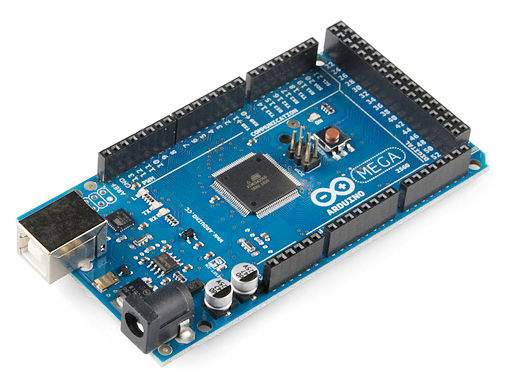 |
https://store.arduino.cc/products/arduino-mega-2560-rev3 |
| 2. | IR Proximity sensors | The IR sensor or infrared sensor is one kind of electronic component, used to detect specific characteristics in its surroundings through emitting or detecting IR radiation. These sensors can also be used to detect or measure the heat of a target and its motion. In many electronic devices, the IR sensor circuit is a very essential module. This kind of sensor is similar to human’s visionary senses to detect obstacles. | 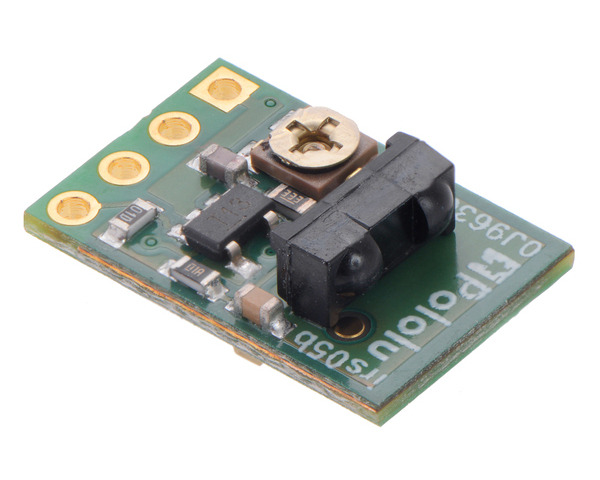 |
https://www.watelectronics.com/ir-sensor/ |
| 3. | Stepper motors | The stepper motor is used for precise positioning with a motor, |  |
https://www.mouser.in/applications/motor-control-stepper/ |
| 4. | LCD display | It works by the principle of liquid crystal display and used to display the information | 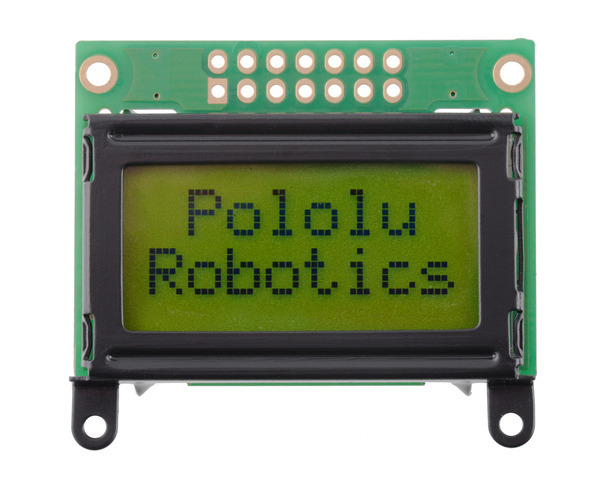 |
https://www.elprocus.com/ever-wondered-lcd-works/#:~:text=The%20principle%20behind%20the%20LCDs,of%20the%20top%20polarizing%20filter. |
| 5. | Continuous servo motors | A Continuous Rotation servo motor is a servo that does not have a limit on its range of motion. Instead of having the input signal determine which position the servo should rotate to, the continuous rotation servo relates the input to the speed of the output and direction. | 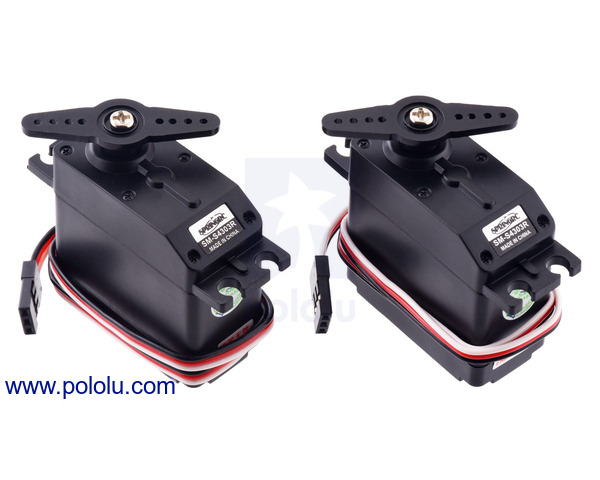 |
https://islproducts.com/design-note/servo-motor-fundamentals/#:~:text=A%20Continuous%20Rotation%20servo%20motor,of%20the%20output%20and%20direction. |
| 6. | A4988 Stepper motor drivers | The A4988 driver allows microstepping by allowing intermediate step locations. This is achieved by energizing the coils with intermediate current levels. | 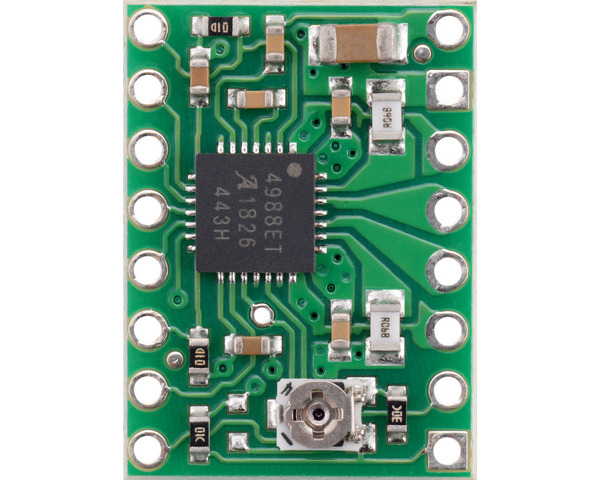 |
https://lastminuteengineers.com/a4988-stepper-motor-driver-arduino-tutorial/#:~:text=The%20A4988%20driver%20allows%20microstepping,give%20800%20microsteps%20per%20revolution. |
| 7. | 12V 2A Power supply |
DIFFERENT TYPES OF MODELS:
1.Face Mask Vending Machine.

- This vending machine has 2 DC motors for two such spiral coils having two different types of masks respectively, these motors are driven by the L298N motor driver which is controlled by the ARDUINO NANO.
- For handling the payment part we have a coin acceptor module that accepts only 5Rs coins. The machine accepts only the coins it is programmed to accept and reject others. The accepted coins are deposited in a container.
- Initially the customer is prompted to insert the coin in the machine. The coin acceptor system will then validate the entered coin. If the coin passes the validation, the system calculates the total value of the coin and compares it with the price of the masks in the machine. If the value is equal to the price of the mask, then the mask will be dispensed from the vending machine.
MODEL 2:
2.DIY Vending machine - Arduino based vending machine

- This vending machine is based on arduino board which is further connected to continuous rotating stepper motor and further connected to dc motor for movement and rail system is attached to it to collect the item .
- Input is taken via frontal panel and every item is given a unique code and which has to be entered by the user and it is further processed .
- the ardiuno board will make the movement of the rail system the rail will reach the correct compartment and collects the item and bring it to the dispenser .
- the item is further dispensed and will be collected by the user .
MODEL 3:
FIRST AID VENDING MACHINE:


-
The major concept of the first aid kit aims to help people more easily access to first aid and give people safe and convenient user experience. The first aid kit should not only be a container. It can be much more functional by design.
-
Firstly, we identified barriers of using the existing box. We assumed some emergent situations, which include hand cut, burns, scald and bruise. We also assumed some extreme situations like serious injury, and extreme environment like earthquake and tsunami. In these situations, the barriers are:
-
1.Hard to open kit and use tools by one hand
-
2.Confuse using some tools
-
3.Language barriers
-
4.Hard to find and use in dark situation
-
5.Arrangement and layout
-
The most usage of the first aid kit is scratch or cut on hand. So, successfully accessing the first aid by using one hand is a vital point. In some extreme situation, the building stop power supply, this small box will be very hard to find in dark. So, we may provide lights by using luminous material or install a LED light on the box.
-
Secondly, the requirements of the first aid kit are different, which base on variety of legislation or regulation in a given area. So, we researched on the first aid kit requirements in Halifax and, we classify these first aid tools in category, which help us to arrange the layout.
After analyzing the research, we come out two directions. First, modularization; Second "VENDING/DISPENSING MACHINE".
DETAILED DESCRIPTION OF THE ABOVE REFERENCE:
https://bookbindingfox.com/2017/09/03/first-aid-vending-machine/
MODEL 4 : Sanitizer dispensing machine
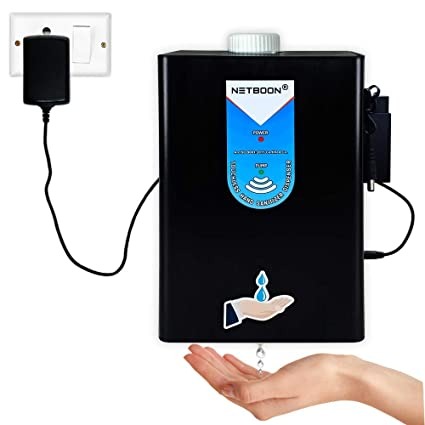
How It works:
-
When we need to have the sanitizer or wash our hands, the user’s hands are placed under the nozzle and before the sensor. The activated sensor will further activate a pump that dispenses a specific amount of sanitizer (or soap) from the nozzle. Modern sensors used in electronic faucets, electronic flush valves and electronic soap dispensers use Infrared light with wavelength in the range of 850 nm. The sensor employs an emitter and a collector.
-
The emitter emits pulses of infrared light while the collector, which is positioned to face in the same direction as the emitter, "sits" dormant waiting to sense the emitted pulses. When no hands are present in front of the device, no reflection of light takes place, and therefore, no pulse is sensed. When hands are present in the path of the emitted light, a portions of the emitted infrared light is bounced back in the direction of the collector which then becomes excited by the light (in the event a photodiode is used) and generates voltage to switch the pump on. If a photo transistor is utilized, then the photo transistor, upon sensing the infrared pulse, will simply switch the pump on and dispense the sanitizer or liquid soap
-
Infrared sensors detect infrared energy that is emitted by one’s body heat. When hands are placed in the proximity of the sensor, the infrared energy quickly fluctuates. This fluctuation triggers the pump to activate and dispense the designated amount of soap